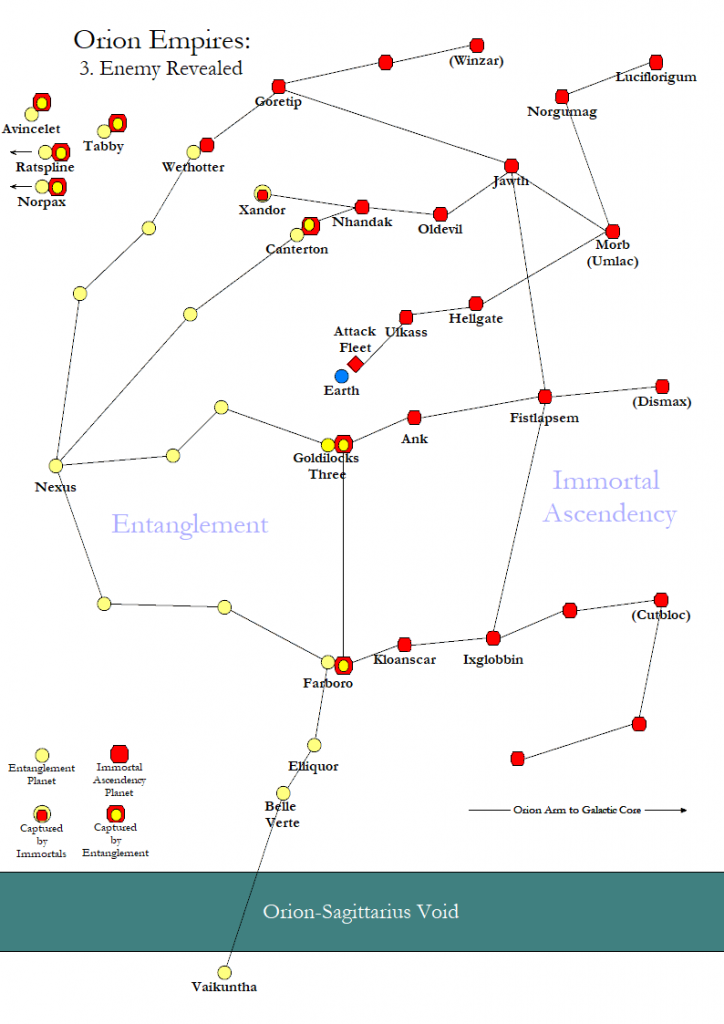I installed a home security system a couple years ago and added some home automation to it recently. These are a few of the things I learned along the way. If you are in a hurry, jump to Number 6.
-
What is DIY home automation?
DIY (do it yourself) in the home security market means you select and install the base system and sensors yourself, following simple directions and/or googling for help. You will likely monitor alarms yourself (though you may be able to buy monitoring services) when you are away and call 911 if there is a problem, so having a smartphone is essential. You will want reliable internet service from your home, too.
Home automation means your base system controls appliances in your home. These can be the thermostat, lights, door locks, or virtually any other electrical appliance. Home automation is a relatively new market, and we can expect to see a lot of growth and improvement over the next few years with players like Amazon Echo and Google Home getting into the market. Home automation is an important aspect of the IoT (Internet of Things).
-
Getting started
I chose Piper, which was highly rated at the time, for my security vendor. There are several new players in the market now, and Piper may no longer be the best choice, depending on your needs. Do your own research before buying the system that is right for you.
I like Piper because it’s simple and inexpensive. One box holds the camera, motion detector, z-wave hub, microphone, loud noise detector, speaker, thermometer, and siren. I put the main unit where it had a good view and added a few door/window sensors–a magnet on the door and a little sensor box on the doorframe–both of which can be attached with the included adhesive pads. My smartphone served as the control panel.
-
Staying in touch
Piper and most other systems connect to your home internet router to send video to the web, where it can be stored or streamed to your phone or browser. Piper’s video storage is free, but many systems charge a monthly fee for storage, so do your research. Many of the newer systems provide cellular data as a backup in case your internet is down.
-
Press and hold
Getting the hub to connect to a sensor is pretty much like pairing your smart phone to a Bluetooth device. You put both devices in connect mode, and they do the rest. I had some trouble with this as first, but I think it was because I tried press-and-release when I should have used press-and-hold.
-
Home automation can be awkward with a security system
Home automation is very basic with Piper: a trigger occurs, and something happens. For my test case, I chose to monitor the laundry room for water on the floor and turn off the washing machine if this ever happens (again).
I got a z-wave water detector and a smart switch (one that can be turned on and off by z-wave command). They were easy to add to the Piper hub now that I am experienced.
Then I hit a snag. The security-oriented Piper folks don’t provide an option to turn anything off. They assume, apparently, that you will want to turn on the lights if an intrusion occurs, and that’s all.
-
Check out IFTTT.COM even if you don’t do any home automation
IFTTT to the rescue. This free web service at IFTTT.COM will interface with a variety of systems and allow one system to trigger the other. (IFTTT stands for IF This Then That). Piper participates, so I was able to define a rule to sense water and turn the switch off, as desired.
IFTTT is a very powerful service. It connects to a variety of home devices, news sources, email clients, google services, etc. You might find you can automate several tedious parts of your digital life.
I found the IFTTT location service particularly useful. I set it up to track my cell phone’s distance from home, and every time I leave the house, it arms the security system. Every time I return home, it disarms the system. No more forgetting and/or stopping the car to arm the system.



You must be logged in to post a comment.